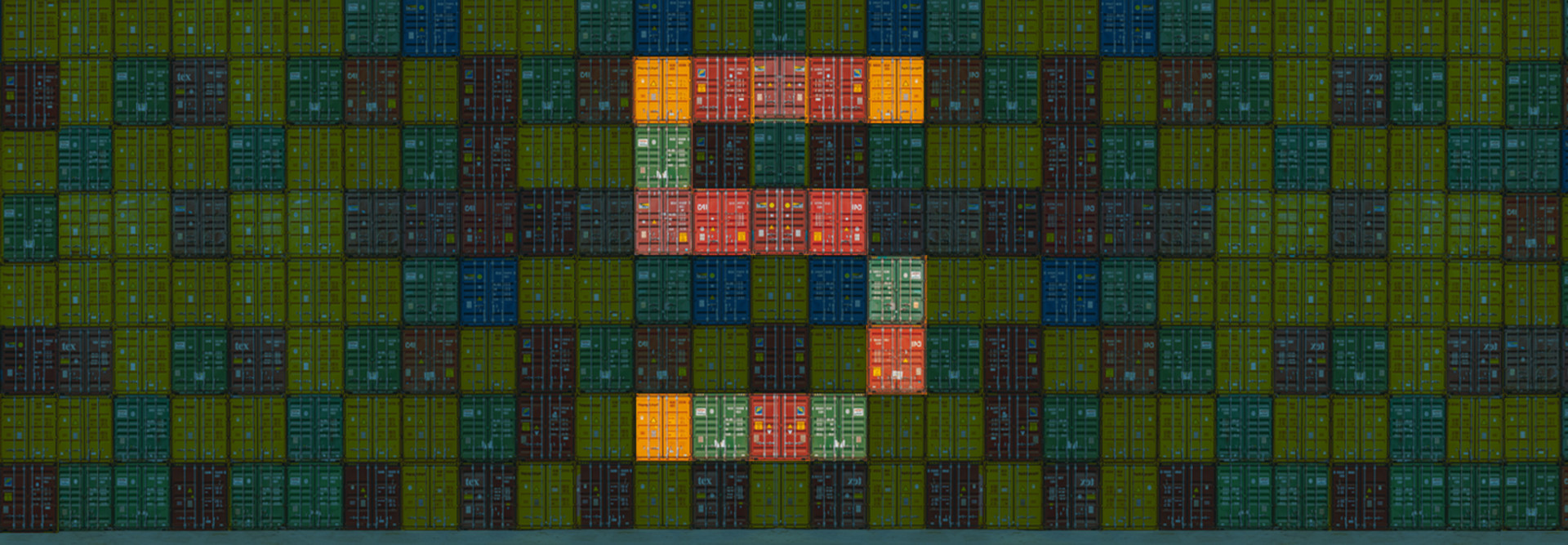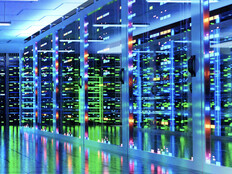2. How Can Automation Add Efficiency to the Data Center?
An SDDC approach promotes automation and orchestration in the data center. Infrastructure can be automatically monitored, adjusted, optimized and repaired. This can speed up IT processes and make tasks more reliable and predictable.
3. How Does an SDCC Add Scalability and Agility to Data Storage?
In a spine-leaf networking architecture, SDDC can increase the bandwidth available between the leaf and spine, allowing organizations to add more switching capability. This improves performance, redundancy and availability. Software-defined storage is also extremely scalable, allowing organizations to quickly pivot and expand capacity to support new workflows.
EXPLORE: How higher education can keep up with evolving data environments.
4. How Does an SDCC Improve Data Management and Visibility?
In an SDDC, management is abstracted and centralized, giving IT professionals greater visibility into their data centers. Rather than pushing out updates to individual devices, administrators can make changes centrally and implement them across their entire environment. A centralized dashboard makes it simple to monitor and track health and performance metrics.
5. What Is Multitenancy, and How Can it Improve Security?
Multitenancy is an architecture that provides separate networks for customers that share a data center. In a multitenant environment, individual tenants have no visibility into what other tenants are doing. For instance, a university system with multiple sites might make each site a separate tenant. Institutions can also use multitenancy to create separate testing and development networks that won’t interfere with their production networks.











